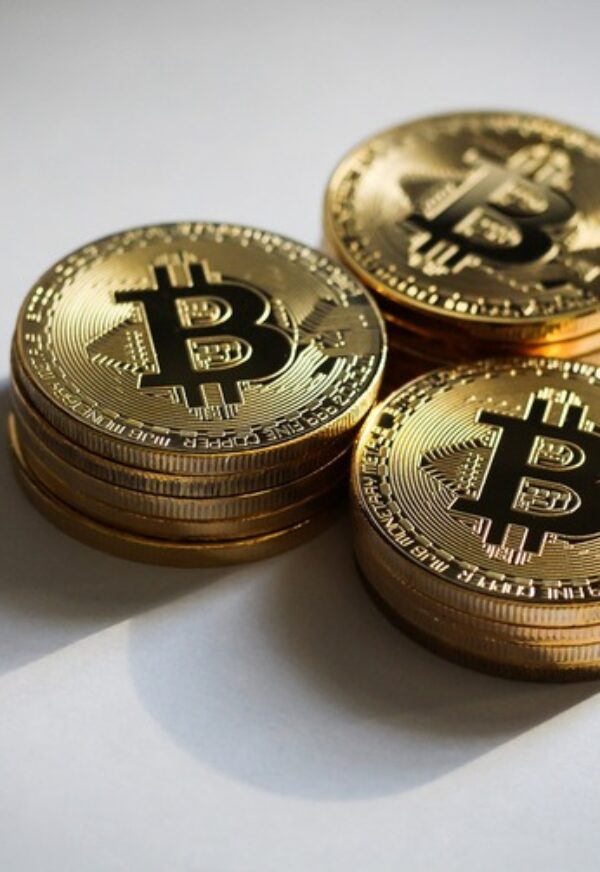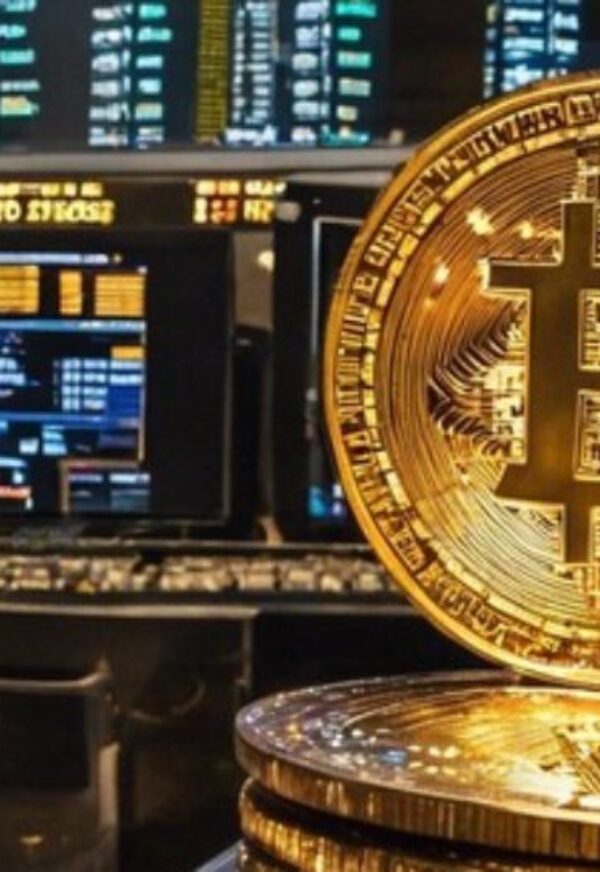Bitcoin (BTC) Capital Inflow Slowing Down, Expect Increased Volatility, According to Glass node Report
Capital inflow in Bitcoin into Bitcoin, the flagship cryptocurrency, has significantly cooled over its recent week, with data shows that the leading digital asset has entered a “quiet” capital phase.
That is evident after the hype experienced after the Bitcoin Spot ETF was launched. Moreover, a new report from Glass node, known as The Week On-Chain Glass, indicates periods of reduced inflow foreshadow tremendous volatility spikes.
Decline in ETF Hype and On-Chain Metrics
The buzz that surged after the inauguration of Bitcoin ETF’s in the United States seems to be cooling off after the Bitcoin Spot ETF was fully inaugurated in January. According to the new report from Glass node termed “The Week On-Chain,” capital inflows into Bitcoin have significantly weakened.
That has pulled investor momentum around keeping the losses and gains in equilibrium. The activity in the last days of August was particularly docile, with almost 89 percent of days excelling the capital inflow experienced currently.
One vital indicator that shows this is the impact of market value to realized value (MVRV) ratio currently hitting neutral. The Sell-Side Risk Ratio further underpins this point suggesting that most Bitcoin is above the original purchasing price.
The equilibrium point depicts that the hyperactive state is cooling off as the metric is currently shifting to a quiet market.
Potential Volatility in the Near Future
The current metrics show that Bitcoin could be on the brinks of an escalation in volatility. However, the attempt to maintain the $61,500 support against a rejection at $65,000 will cause sustained $29 million positions liquidated in the last 24 hours.
Mainly wiping rife long cascades. That shows that massive market swings might be soon as the metric reads to attain equilibrium.
Long-Term Vs Short-Term Holders Behavior
The short-term sales pressure continues gripping Bitcoin despite the long-time holders remain intact, such as in Holders. The research indicates that short-term investors have more to sell, probably at a loss posture while long-term investors are holding their nerves.
A critical phase of Q2 and Q3 of 2024, marked by another all-time high since March, indicates a pattern that has seen prominent short-term selling and significant long-term Holding pattern.
In the highly volatile quarter, most of the Bitcoin has stayed with the long-term holders. The coins are at the three-month scale while they advance toward the six-month stage.
That suggests that despite the trends in the market, long-term investors continued with increased confidence. Thus such a period suggests that the quiet phase might experience that might.
This is important, however the sudden transition of a large chunk of Bitcoin supply from new investor to long-term holder status (a minimum age and involvement in transactions: 155days) over such short period can be significant. This suggests an increasing bullishness on the part of investors, who are willing to hold their Bitcoin for longer periods.


